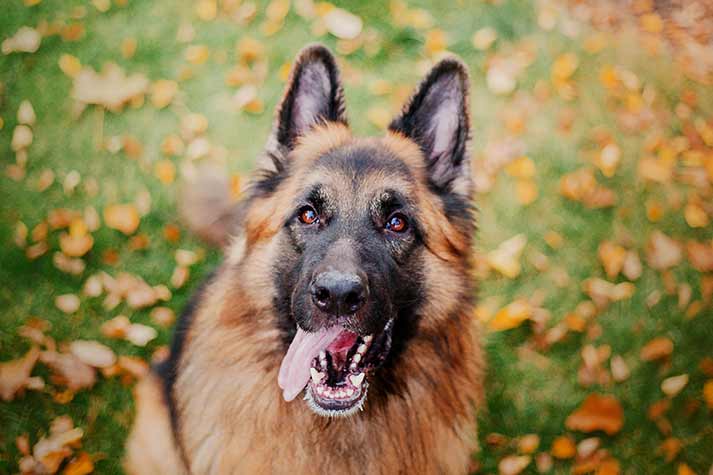
17 Dec
Should Pets be Tranquilized for Air Travel?
A frequently sked question is whether a pet should be tranquilized during air travel. The answer to this question is NO. We understand that such a question is well-intentioned; some pet parents fear that their pet will be too anxious while travelling, while others believe it is best for their pet to be asleep throughout the flight for their comfort.
Before going further, please note that you should NEVER tranquilize or sedate your pet before flying. You may come across sources online that claim sedation is the best course of action for pets in a flight. However, not all information is based upon facts, which is why we’ve compiled this list of suggestions and alternatives to sedating your pet. Here are a few reasons you should not tranquilize or sedate pets before flying
Why Should I Avoid Tranquilizing my Pet Before Travel?
Tranquilizers put the brain into a deep sleep. For a long time, people and professionals believed that sedating anxious dogs and cats was the best thing to do when travelling over long distances. Research has shown that this is not the case; in fact, there are a number of other dangerous issues that come with sedation.
When your pet is tranquilized or seated, their brains are unable to process information properly. This can lead to confusion and panic, which will cause undue stress when in an unfamiliar setting. Sedation also affects a pet’s balance, meaning they are at risk of injury during the flight.
Sedatives don’t just affect a pet’s brain though. They reduce heart rate, body temperature, and respiration, which is dangerous to pets and especially snub-nosed animals. Sedation can also cause dehydration, but this is less common than the other, more dangerous side effects of the process.
As a responsible pet parent, it is highly recommended that you do not sedate or tranquilize your pet before pet travel. Airlines, especially pet-friendly airlines, will not accept sedated dogs and cats due to the risk that comes with transporting sedated animals. They won’t even accept an animal that looks sedated, which should give you an idea of how bad an idea it is to sedate a pet before traveling.
What are the Alternatives to Sedatives?
If you must have a calming agent administered to your pet before travelling, herbal options are your best bet. Make sure to always consult your vet before trying and using any of these options, as each pet is unique and may respond differently to different forms of stress relievers.
Your vet can prescribe remedies like chamomile, valerian, or lavender oil to help relax your pet. However, it is important to note that these are not overnight fixes, and since each pet is different, it will take some time to determine which option suits your pet. Make sure to consult your vet, obtain an effective treatment method, and administer it well before your planned date of travel for maximum effectiveness and to ensure there are no side effects.
Preparing Your Pet for Air Travel
It is important for your pet to be calm throughout the transit process for their own safety and comfort. With all the different sights and smells throughout the journey, it can be overwhelming if your pet isn’t accustomed to a change of scenery.
Since it can be a shock to their system, it is important to expose your pet to various stimuli and environments, rewarding them for their positive interactions. Such familiarization will ensure they are confident while travelling. It is obvious that one cannot acclimate a pet to every facet of air travel; after all, where will you find a plane at home to do so? Still, there are measures you can take to boost your pet’s comfort and confidence.
Training your pet to be less afraid of their surroundings is a good place to start. If you expose your pet to different sights, scenes, and smells when they are young, they’ll have an easier time when they’ve grown up. You should also work on getting your pet used to their pet crate as early as possible.
Your pet will not enter the crate on their own; this is also why crate training is important for pet travel. When introducing your pet to the crate, keep it around an area your pet is familiar with or frequently spends time in. You can incentivize interaction with the crate by leaving treats and toys in and around the crate.
Do not force your pet inside the crate; let them explore and check it out for themselves. As they gradually become familiar with the presence of the crate, you can start putting a favoured blanket or item of clothing inside the crate, so your pet slowly comes to associate the crate with a familiar environment. Doing so will help your pet recognize it as their own space, even when travelling on a flight, and help them stay relaxed.
To conclude, while there may have been debates about whether pets should be sedated/tranquilized before pet travel by air, the simple answer is no, you should never sedate or tranquilize your pet before air travel. It is extremely risky to do so due to the nature of air travel and the effects a sedative can have on your pet at altitude. If you must explore such options, consult your vet and choose an herbal-based alternative.
Remember to crate train your pet ahead of time and familiarize them with different kinds of environments. Provided you follow these simple guidelines, you should have no trouble with pet travel and can steer clear of sedatives or tranquilizers.






AUTHOR’S BIO
Carry My Pet
Passionate pet enthusiasts and globetrotters, dedicated to easing furry friends' journeys worldwide. Penning tales of compassion at CarryMyPet, where every relocation is a tail-wagging adventure.